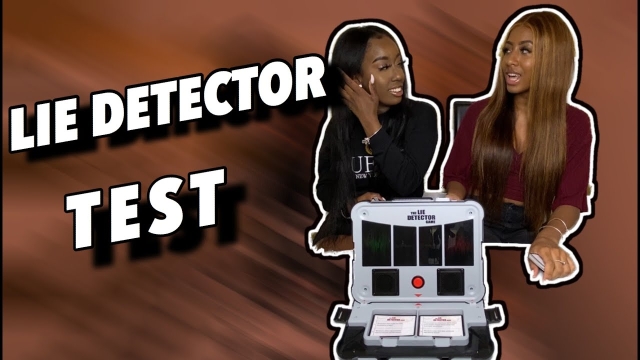
In a world where deceit and deception can lurk around any corner, the lie detector test stands as a formidable tool in the pursuit of truth. Often shrouded in mystery and intrigue, this polygraph examination has captivated the public imagination with its uncanny ability to unveil falsehoods and expose hidden realities. While its reliability has been a subject of debate and controversy, the intrigue surrounding the lie detector test remains undiminished. By delving into the intricacies of this enigmatic examination, we can begin to unravel the complexities of human behavior and the pursuit of veracity in a world where truth is both elusive and essential.
History of Lie Detector Tests
Polygraph
The origins of lie detector tests can be traced back to the early 20th century, when psychologist William Moulton Marston developed the systolic blood pressure test, which was one of the first attempts at detecting deception physiologically. However, it was not until the mid-20th century that advancements in technology led to the development of the modern polygraph machine, which measures various physiological responses like heart rate, blood pressure, and respiration.
The polygraph machine gained popularity in the 1940s, especially in the field of law enforcement, as a tool to aid in criminal investigations by assessing the credibility of witnesses and suspects. Over time, the use of lie detector tests expanded to areas such as government agencies, pre-employment screenings, and private investigations.
Despite its widespread use, the accuracy and reliability of lie detector tests have been a subject of debate and skepticism. Critics argue that the results can be influenced by factors such as the subject’s anxiety level, personality, and the skills of the examiner. Despite this, lie detector tests continue to be used in various settings as a means to uncover the truth.
Accuracy and Controversies
Lie detector tests are not foolproof and have faced criticism regarding their accuracy. While some studies suggest that polygraph tests can be reliable in detecting deception, others argue that the results can be influenced by various factors. For instance, the emotional state of the examinee, the skills of the examiner, and the specific questions asked during the test can all impact its outcome.
One of the main controversies surrounding lie detector tests is whether they violate an individual’s rights to privacy and freedom from self-incrimination. Critics argue that the reliance on polygraph results as evidence can potentially lead to false accusations and unfairly affect a person’s reputation. Additionally, the subjective interpretation of the results by examiners raises concerns about the objectivity and reliability of such testing methods.
Despite the ongoing debates about their effectiveness, lie detector tests continue to be utilized in various fields such as law enforcement, employment screenings, and national security. While some organizations view polygraph tests as a valuable tool for uncovering the truth, others emphasize the need for more research and standardization to address the controversies surrounding their use.
The Future of Lie Detection
In the realm of lie detection, advancements in technology continue to shape the future landscape. Researchers are exploring innovative methods beyond traditional polygraph tests, seeking more reliable and accurate ways to discern truth from deception. By harnessing the power of artificial intelligence and advanced algorithms, the potential for a more sophisticated and efficient lie detection process is on the horizon.
One exciting development in lie detection technology is the exploration of brain scanning techniques to uncover deception. By analyzing neurological responses and brain activity patterns, scientists are investigating the possibility of identifying deception at a deeper cognitive level. This cutting-edge approach may provide a more insightful understanding of how the human brain responds to dishonesty, offering a pathway to enhanced lie detection capabilities.
Additionally, the integration of biometric data such as facial recognition, voice analysis, and eye-tracking technology holds great promise for the future of lie detection. By combining multiple biometric indicators, researchers aim to create a comprehensive system that can detect subtle cues of deception more effectively. This multi-faceted approach represents a pivotal shift in the evolution of lie detection methods, signaling a future where uncovering the truth becomes more precise and nuanced than ever before.


